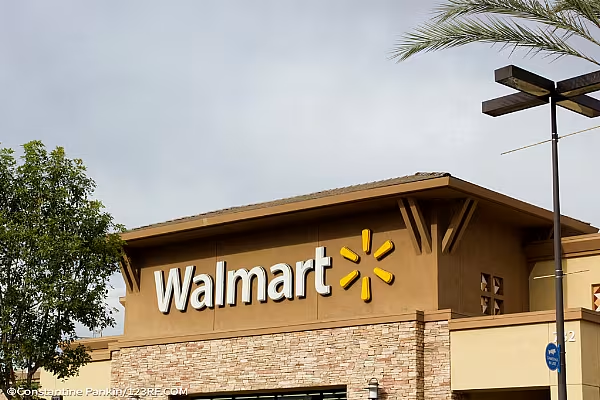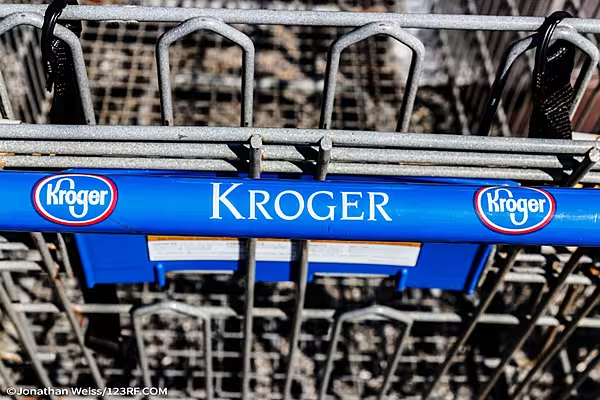More of Walmart's future profitability is likely to come from its sales of ads on Walmart.com and from fees it collects from merchants using its online marketplace and delivery services, its chief financial officer has said.
"Today, the vast majority of our overall profits are attributable to in-store brick-and-mortar in the U.S.," John David Rainey, Walmart's CFO, said at a Raymond James Conference.
"If you fast forward five years, we are much less dependent on that as an income stream than some of these other faster-growing parts of our business."
Third-Park Sellers
Services, such as fees Walmart collects from third-party sellers on Walmart.com, the cut it gets if Walmart fulfils those orders to shoppers and the dollars that advertisers spend through Walmart's growing retail media business, are the higher-margin, faster-growing parts of Walmart's business, Rainey said.
Over time, they will change the composition of Walmart's profit and loss statement, he said.
Retailers ranging from Amazon, Target and Walmart Inc to grocers such as Tesco are working aggressively to attract big advertisers to their websites. Most recently, Amazon disclosed $11.6 billion (€11.0 billion) in revenue from its ad business in the fourth quarter.
Walmart Connect
Renamed Walmart Connect in 2021, Walmart's retail media business offers brands ad space at its U.S. stores and allows the use of its shopper data to make ads more effective, even on websites and apps Walmart does not own.
The business has grown rapidly since then, with sales rising nearly 30% to $2.7 billion (€2.56 billion) in its fiscal year ended January 31. In the fourth quarter, ad sales rose 41% year-over-year, the company said last month.
Walmart, the world's largest retailer by revenue, has also been investing heavily in building out its third-party marketplace on Walmart.com, which Rainey said offers more than 400 million products right now.
"The more eyeballs that are coming to your digital platforms, the more advertisers want to spend money," Rainey said adding that advertising margins typically range in the 70% to 80% range. By contrast, Walmart's margins fell nearly 1 percentage point to 24.1% in its latest fiscal year.
"The common thread through all of them is a greater digital engagement with our consumer, said Rainey, who took up the CFO job in April last year.
"Convenience ... really resonates with consumers, and it allows us to have these distribution points as consumers lean more into e-commerce over time. They are all very interrelated."
Read More: Walmart CEO Plans To Stay In Role For At Least Three More Years
News by Reuters, edited by ESM – your source for the latest retail news. Click subscribe to sign up to ESM: European Supermarket Magazine.













